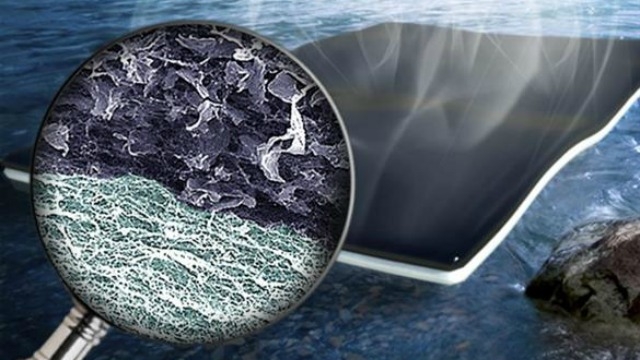In what could turn out to be a future game-changer, a team of scientists claim to have come up with a new filter that turns dirty water drinkable.
According to the team of researchers at Washington University in St. Louis, the material which will filter out the water is made up of "Veritable wonder material" graphene oxide sheets.
The reason behind of using graphene oxide sheets is that it is a good conductor of heat and electricity which can work wonders in treating contaminated water.
According to Srikanth Singamaneni, a researcher, “We hope that for countries where there is ample sunlight, such as India, you'll be able to take some dirty water, evaporate it using our material, and collect fresh water.”
The newly developed graphene-based biofoam sheets can be laid on dirty and salted water and with use of sunlight the bacteria-produced cellulose and graphene oxide to form a bi-layered biofoam to convert filthy water into drinkable.
“The design of the material is novel here. You have a bi-layered structure with light-absorbing graphene oxide filled nanocellulose at the top and pristine nanocellulose at the bottom. When you suspend this entire thing on water, the water is actually able to reach the top surface where evaporation happens, ” Singamaneni said.
“Light radiates on top of it, and it converts into heat because of the graphene oxide, but the heat dissipation to the bulk water underneath is minimized by the pristine nanocellulose layer. You don't want to waste the heat; you want to confine the heat to the top layer where the evaporation is actually happening.”
The cellulose underneath the bi-layered bioform acts as a sponge which then evaporates at the top most layer leaving behind suspended residue or salts.
Fresh water condenses on the top layer where it can be drawn off for further use.

